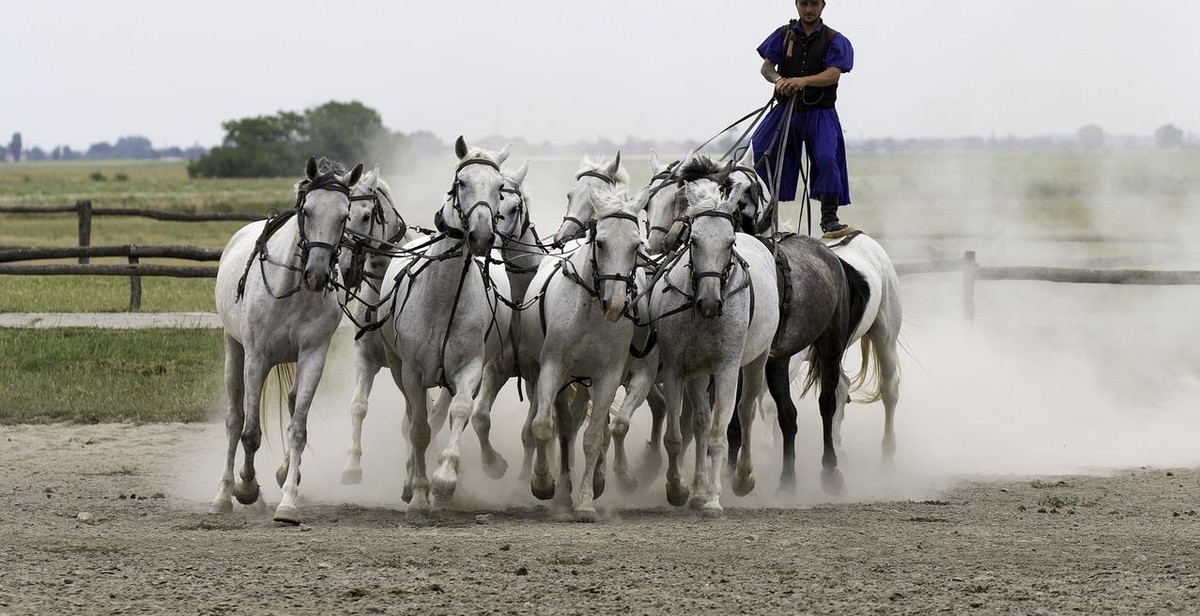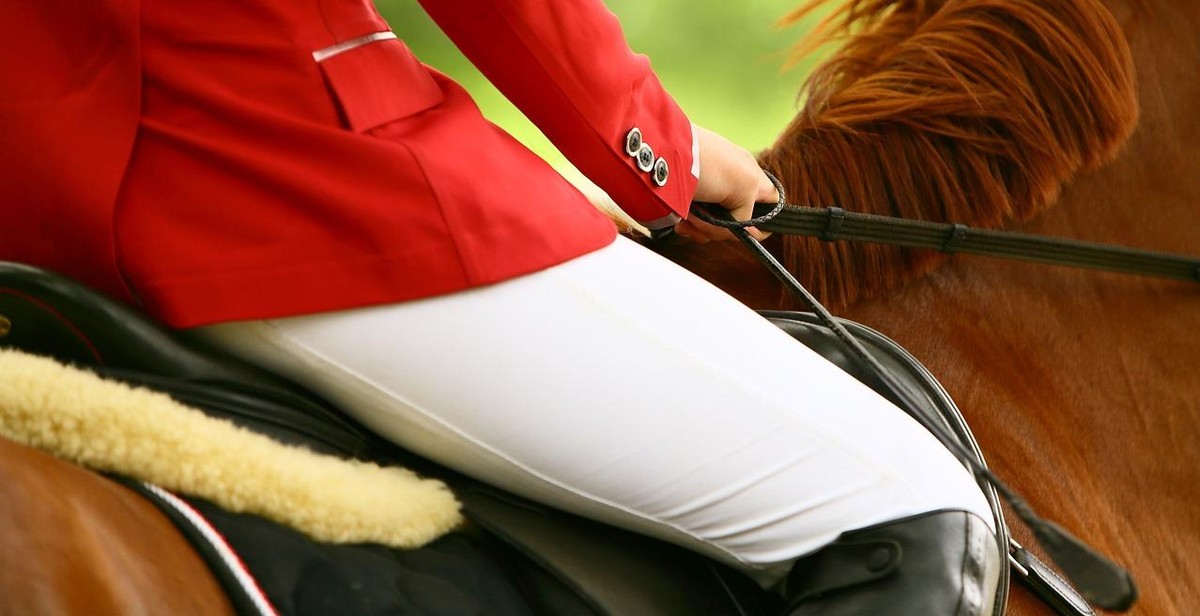How to Choose the Right Horse for Equestrian Sports: Assessing Temperament and Skills
Choosing the right horse for equestrian sports can be a daunting task, especially for beginners. The horse’s temperament and skills are two critical factors to consider when selecting a horse for competitive riding. Temperament refers to the horse’s personality, behavior, and attitude, while skills refer to the horse’s physical abilities and training.
Assessing Temperament
Assessing the horse’s temperament is crucial because it determines how the horse will behave during training and competition. A horse with a good temperament is calm, willing to learn, and easy to handle. On the other hand, a horse with a bad temperament is difficult to train, unpredictable, and can pose a danger to the rider.
When assessing the horse’s temperament, consider its age, breed, and training history. Younger horses are generally more energetic and require more training, while older horses are calmer and more experienced. Different breeds have different temperaments, and some breeds are more suitable for certain sports than others. Lastly, a horse’s training history can reveal its temperament and behavior patterns.
Assessing Skills
Assessing the horse’s skills is also crucial because it determines the horse’s suitability for a particular sport. Different equestrian sports require different skills, such as jumping, dressage, or racing. A horse with strong skills in a particular area will perform better in competitions.
When assessing the horse’s skills, consider its conformation, movement, and training. A horse’s conformation, such as its height, weight, and body shape, can affect its ability to perform certain skills. A horse with good movement, such as a smooth gait and strong stride, is ideal for dressage and other sports. Lastly, a horse’s training can improve its skills and performance in different sports.
In conclusion, assessing a horse’s temperament and skills is essential when choosing the right horse for equestrian sports. By considering these factors, you can select a horse that is safe, suitable, and successful in competitions.
Assessing Temperament
When it comes to choosing the right horse for equestrian sports, one of the most important factors to consider is temperament. A horse’s temperament can greatly impact its ability to perform in certain sports and also affect its behavior and relationship with its rider. Here are some key things to keep in mind when assessing a horse’s temperament.
1.1 Understanding Temperament
Temperament refers to a horse’s natural disposition and personality traits. Some horses are naturally more calm and relaxed, while others may be more excitable or sensitive. Understanding a horse’s temperament can help you determine how it will react in certain situations and how it will interact with its rider.
1.2 Identifying Personality Traits
There are several personality traits that are commonly associated with a horse’s temperament. These include:
- Calmness: A calm horse is generally relaxed and easygoing, even in stressful situations.
- Excitability: An excitable horse may be easily spooked or startled and may have a high energy level.
- Sensitivity: A sensitive horse may be easily affected by its surroundings and may require a gentle approach from its rider.
- Stubbornness: A stubborn horse may be resistant to training or may have a strong-willed personality.
Identifying these personality traits in a horse can help you determine whether it is suited for a particular sport or riding style. For example, a calm horse may be better suited for dressage, while a more excitable horse may excel in show jumping.
1.3 Observing Behavior
Observing a horse’s behavior can also provide valuable insight into its temperament. When evaluating a horse, take note of its body language, reactions to its surroundings, and interactions with its handler and rider.
Some key behaviors to look for include:
- Body language: A relaxed horse will generally have a lowered head and a loose, flowing tail. An anxious horse may have a raised head, tense body, or pinned ears.
- Reactions to surroundings: A horse that is easily spooked may be skittish or jumpy in new or unfamiliar environments.
- Interactions with handler and rider: A horse that is easy to handle and responds well to its rider’s cues is generally a good choice for equestrian sports.
By observing these behaviors, you can get a better sense of a horse’s temperament and whether it is suited for the sport or discipline you have in mind.
| Step | What to Do |
|---|---|
| 1.1 | Understand what temperament is and why it is important. |
| 1.2 | Identify the personality traits that are commonly associated with a horse’s temperament. |
| 1.3 | Observe a horse’s behavior and body language to gain insight into its temperament. |
Assessing a horse’s temperament is a crucial step in choosing the right horse for equestrian sports. By understanding its personality traits and observing its behavior, you can make an informed decision and find a horse that is well-suited for your riding style and goals.

Assessing Skills: Evaluating Conformation, Assessing Movement, Testing Performance
Choosing the right horse for equestrian sports requires a thorough assessment of their skills and temperament. While temperament is crucial, the horse’s skills are equally important. Here, we discuss how to assess a horse’s skills through evaluating their conformation, assessing their movement, and testing their performance.
Evaluating Conformation
Conformation refers to the horse’s physical structure and proportions. A horse with good conformation is more likely to perform well in equestrian sports. Here are some factors to consider when evaluating a horse’s conformation:
- Head and Neck: The head should be proportionate to the body and have a refined appearance. The neck should be strong and muscular, blending smoothly into the withers.
- Shoulders: The shoulders should be well-sloped, allowing for a long, free stride.
- Back and Loins: The back should be short and strong, with a well-muscled loin area.
- Hindquarters: The hindquarters should be well-developed, with a good angle between the hip and the stifle.
- Legs and Feet: The legs should be straight and well-muscled, with strong, healthy feet and well-formed hooves.
Assessing Movement
A horse’s movement is a key indicator of their athletic ability. Here are some factors to consider when assessing a horse’s movement:
- Walk: The walk should be rhythmic, relaxed and ground-covering.
- Trot: The trot should be balanced, elastic and cadenced.
- Canter: The canter should be uphill, balanced and with a good length of stride.
- Jump: The horse should have a good technique over jumps, with a round bascule and quick reflexes.
- Dressage: The horse should be supple, balanced and responsive to the rider’s aids.
Testing Performance
Finally, testing a horse’s performance is essential in determining their suitability for equestrian sports. Here are some ways to test a horse’s performance:
- Flatwork: Test the horse’s ability to perform basic dressage movements, such as leg yield and shoulder-in.
- Jumping: Test the horse’s ability to jump a course of fences, including different types of jumps and combinations.
- Trail Riding: Test the horse’s ability to navigate varied terrain, such as hills, water crossings, and narrow paths.
- Competition: Observe the horse’s performance in a competition setting, including their behavior in the warm-up area and their overall performance in the ring.
| Conformation | Movement | Performance |
|---|---|---|
| Head and Neck | Walk | Flatwork |
| Shoulders | Trot | Jumping |
| Back and Loins | Canter | Trail Riding |
| Hindquarters | Jump | Competition |
| Legs and Feet | Dressage |
Assessing a horse’s skills requires a combination of careful observation and hands-on testing. By evaluating their conformation, assessing their movement, and testing their performance, you can choose the right horse for your equestrian sport.

Conclusion
Choosing the right horse for equestrian sports is a crucial decision that requires careful consideration of both the horse’s temperament and skills. It’s essential to assess the horse’s personality, energy level, and willingness to work before making a purchase. Additionally, evaluating the horse’s physical abilities, such as its gait, conformation, and athleticism, is equally important.
When assessing temperament, it’s vital to look for a horse that is calm, confident, and willing to work. Horses that are easily spooked or have a stubborn disposition may not be suitable for equestrian sports. It’s also important to consider the horse’s energy level and match it with the rider’s experience and skill level.
Assessing skills involves evaluating the horse’s conformation, movement, and athleticism. A horse with good conformation is more likely to perform well and remain sound throughout its career. Additionally, a horse with a smooth, balanced gait is more likely to excel in disciplines such as dressage and jumping.
Ultimately, the right horse for equestrian sports is one that matches the rider’s experience and skill level, has a temperament that complements the rider’s personality, and possesses the physical skills necessary to excel in the chosen discipline. By taking the time to carefully evaluate these factors, riders can find the perfect equine partner for a successful and fulfilling career in equestrian sports.
| Pros | Cons |
|---|---|
| Matching temperament and skill level leads to a successful partnership | Assessing skills can be challenging for inexperienced riders |
| Choosing a horse with good conformation leads to better performance and soundness | Matching the rider’s personality with the horse’s temperament can be difficult |
| Assessing the horse’s physical abilities is crucial for success in equestrian sports | Choosing the right horse can be time-consuming and requires a significant financial investment |
